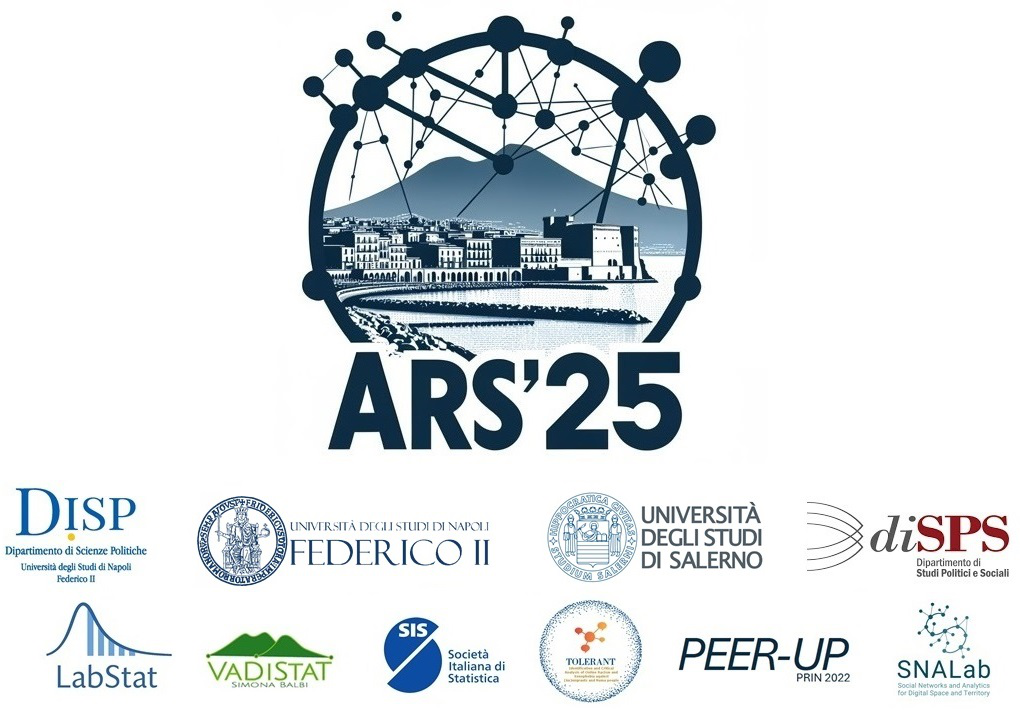Speaker
Description
We aimed to depict, using data from the SHARE COVID-19 project carried out in 2020 and 2021, the personal interaction of elderly people in Italy, with a particular focus on tracing the changes related to the outbreak of the SARS-CoV-2 virus. To do that, we first provided face-to-face and virtual network types observed by living arrangements of elderly people and waves of the SHARE Corona Survey (SCS). Exploiting the longitudinal nature of SCS, we looked at the transition or consistency of older people in their network types during the pandemic and post-pandemic period. Two different models for the probability of observing a network-type transition have been proposed to evaluate if elderly individual characteristics (sociodemographic) or pandemic-related behaviors and conditions are associated with the changing of the network type. The percentage of older adults without face-to-face contact with others (the No Alters network type) was very high during the most challenging pandemic, then strongly decreased in 2021. Virtual contacts played a role in partially preserving some relationships, especially familiar ties. Overall, individual conditions related to sociodemographic and economic vulnerability were clearly recognized among people who remained in the network type they were embedded during the first outbreak. Living in rural areas emerged as a favorable context for resuming social contacts.
Keywords/Topics
face-to-face ego-networks, virtual ego-networks, older people, Covid-19 pandemic lockdown, SHARE Corona 1, SHARE Corona 2

